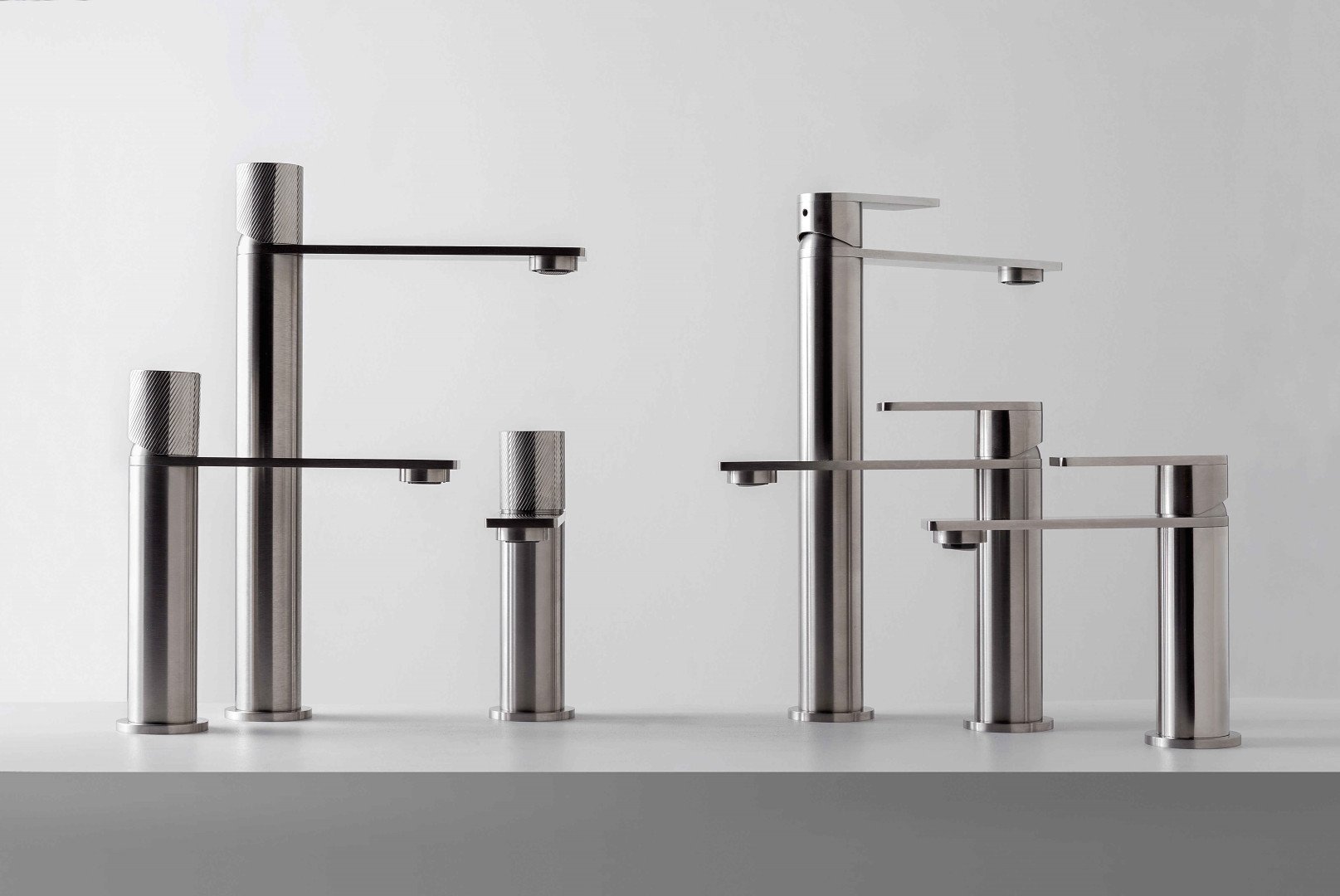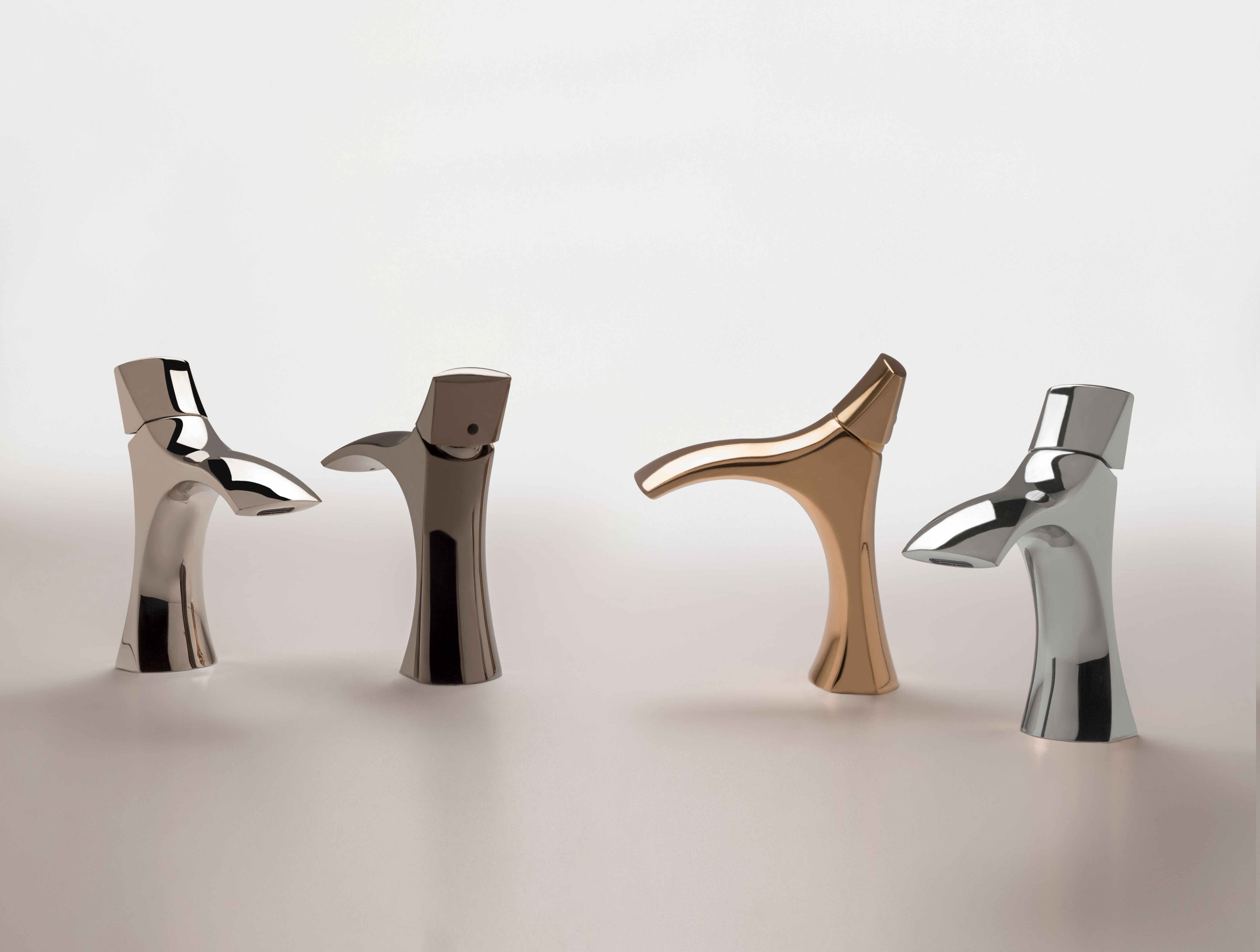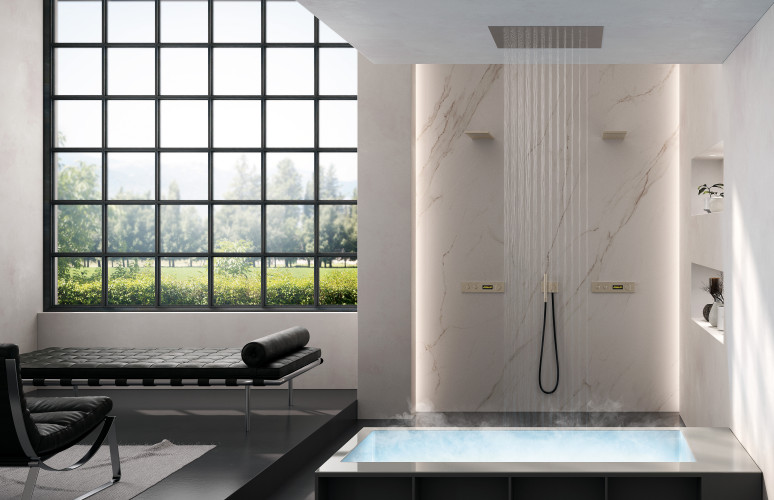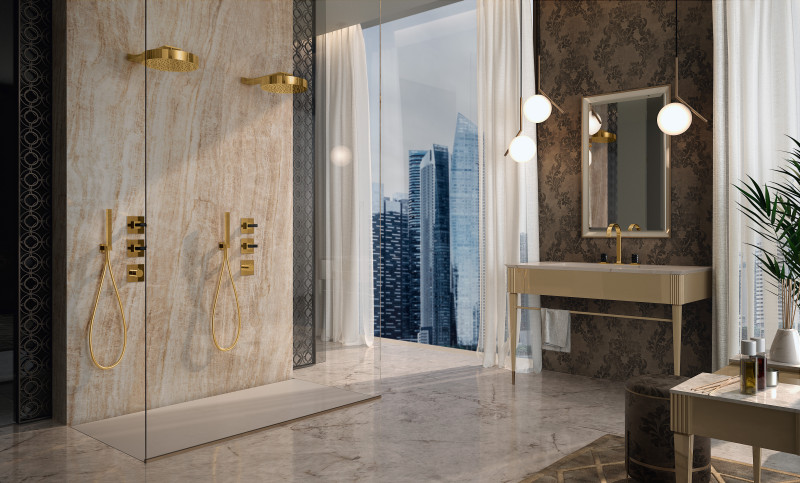Steel or brass taps? How to make the right choice for your bathroom

Style is an ever-evolving concept in the tap world. Taps have become a key décor element in the bathroom area, where style teams perfectly with function.
When it comes to choosing a model, however, it’s important to consider not only the design of the tap, but also the materials it’s made from. It’s essential to understand the characteristics of each model to select the solutions best suited to our needs.
Steel and brass are the materials most widely used in the tap sector, and are the two materials featured in the Rubinetterie Treemme collections.
Let’s take a look at the technical and style differences between steel and brass.
Steel is renowned for its resistance and durability. It requires no coating and has a natural brushed appearance that has proved very popular with the market in recent years. Steel is unaffected by water, air and acids. If it becomes damaged as a result of wear and tear, its original appearance can be restored with a satin finishing process.
Unlike brass, steel is 100% recyclable, and is also extremely hygienic. Bacteria are unable to develop on steel, making it the perfect material for use in kitchens and operating theatres.
From a technical point of view, the steel tap and bathroom accessory collections feature rigorous, no-frills lines. This is because the way in which the raw material is cut and turned makes it difficult to form particularly creative shapes.

Brass is the material most commonly used, because it is far simpler to work with than steel. Brass is shaped to obtain the necessary pieces using a thermoforming process, sometimes combined with a bar extrusion process.
Brass can be modelled into any shape, from round and graceful to more elaborate and innovative, offering designers extensive creative freedom
Brass taps are distinctly original, offering a wide choice of different styles. It’s important, however, to take care of them properly, because the galvanic coating they require is rather delicate and requires attentive maintenance and cleaning.
Mar 1, 2022

